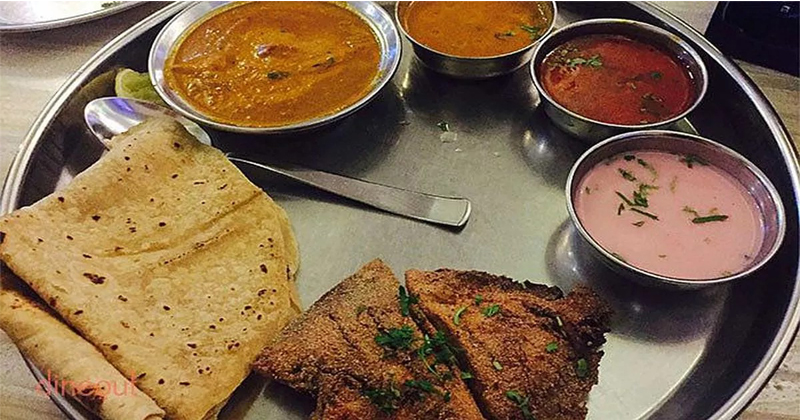
Malvani Food
Malwani recipes use coconut warmly in different types, such as boiled, dry-grated, fried, coconut paste and coconut milk. Many spices have dried red chilies and other spices like coriander, chilli, cumin, cardamom, ginger and garlic. Some recipes use koko, dried kokam (omsl), tamarind and raw mango (Keri). Malavani Masala, a type of dried powder masala is a mixture of 15 to 16 dry spices. These masas are stored on the ground and in the required jars. However, not all recipes are hot and spicy; The style of Konkantastha Brahmin style is an example of less spice. Zing Fry is a common dish in which butter is a fried flour pieces. Mori masala or shark curry is a very popular substance on Konkan coast. If you are in Mumbai, try a peppet saar, a dish made with pomfret with curry made from traditional manganese fish.
Malvan makes a variety of recipes using coastal food fish, birds and vegetables, but boasts of boating of marine dances and chicken places. What is unique is that it is a combo of the dreadfulness of your spice, the swiftness of Goa food, the fresh grated coconut with Karwar Belt and the sweet and sweet blend of the Sarawat Gaud community. Malavani recipes are also vegetarian recipes, especially among non-vegetarians. They eat bread (made from rice flour), Malwani is associated with Maharashtrian jawar and chapati rather than copper. However, not all recipes are hot and spicy.
Malvans pet is originated in Malvan, a beautiful village in Sindhudurg district on the west coast of Maharashtra. The only way you can cook yourself in the coastal town of Malvan is in Konkan. Although it is a separate recipe, it is a mixture of some northern parts of Maharashtra, Goa and West Karnataka. Malavani Masala, a type of dried powder masala is a mixture of 15 to 16 dry spices. This masala is heavily grounded and stored in the required jars. This masala is used to grind fresh coconut which gives food its special flavors.
Frequently Asked Questions (FAQ)
Q: What distinguishes Malvani cuisine from other regional Indian cuisines, and what are the key ingredients that contribute to its unique flavors?
A: Visitors to your blog may be curious about what sets Malvani food apart. Offering insights into the key ingredients, spices, and cooking techniques that make Malvani cuisine distinct can provide a better understanding of its unique flavors.
Q: Can you share some popular Malvani seafood dishes and the recommended places to try them, especially for visitors in Mumbai or other cities?
A: Given the coastal influence on Malvani cuisine, readers might be interested in specific seafood dishes and where to find them. Recommendations for places to try these dishes, especially in metropolitan areas like Mumbai, can be valuable for those looking to explore Malvani flavors.
Q: Are Malvani recipes predominantly spicy, or are there variations for those who prefer milder flavors?
A: Spice levels can be a concern for some individuals. Clarifying whether Malvani recipes are generally spicy or if there are variations catering to milder preferences can help readers choose dishes that align with their taste preferences.
Q: What vegetarian Malvani dishes are popular, and how do they differ from non-vegetarian options?
A: While Malvani cuisine is known for its seafood and chicken dishes, some readers may be interested in vegetarian options. Highlighting popular vegetarian Malvani dishes and explaining how they differ from non-vegetarian counterparts can offer a comprehensive view of the cuisine.
Q: How can one incorporate Malvani flavors into home cooking, especially for those living outside the Konkan region?
A: Readers who are not in the Konkan region might be interested in trying Malvani recipes at home. Providing tips on incorporating Malvani flavors into home cooking, suggestions for sourcing key ingredients, and possibly sharing a simple recipe can encourage readers to experiment with Malvani cuisine in their own kitchens.


Write a Review